How to Make a Kitten Pacifier at Home – DIY Easy Steps
Kittens have a lot of similarities to babies. They also need something to soothe them at a very young age. This is why you should know how to make a kitten pacifier at home. It will save you from the hassle of kitten anxiety and teething. All you need is a soother, your kittens’ favorite toy, and a short nylon string. Put it together and you’ve got a DIY pacifier to calm your little pet.
When to use a pacifier for a kitten?
As with humans, kitten pacifiers are for very young cats. The following are some of the circumstances when a kitten needs a pacifier:
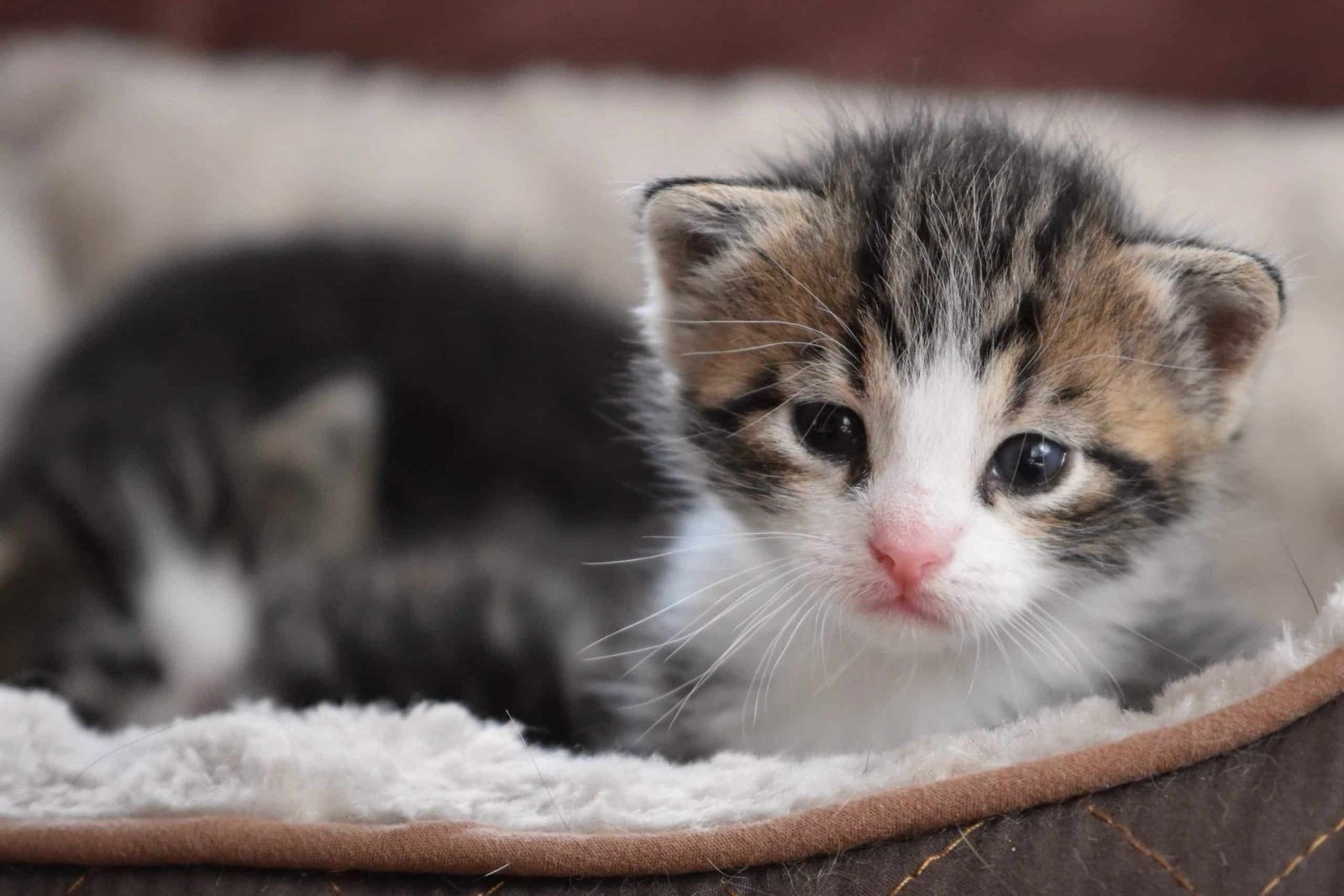
- Weaned too early. Kittens that have been weaned and removed from its litter early needs a pacifier to satisfy its suckling tendencies. Remember that kittens are not supposed to be weaned from its mother until it’s four to 10 weeks old. Aside from getting nutrition from its mother’s milk, suckling is also a source of comfort and a sense of security for very young kittens.
- Anxious kitten. Kittens, especially those that you recently brought home, will be anxious. To soothe its nerves, you can give it a pacifier to mimic the feeling of being close to its litter or mother.
- Teething kitten. Cats will have its first teething phase at two weeks old and will last until six to eight weeks. After that, the second teething phase will set in by the time your kitten is 10 weeks old. These teething phases are uncomfortable and your kitten will look for something to chew on to soothe the gum pain.
- Building trust. A new kitten at home could be aloof and confused. One way to help the kitty calm down is by giving it a pacifier. Through this, your kitten will associate your smell to the comfort the pacifier brings. Over time, your pet will consider you as its mother and it will award its trust to you.
Making a kitten pacifier: 3 Options
Option #1: Soother pacifier
How to make a kitten pacifier?
Materials you need on how to make your own kitten pacifier: soother, stuff your kitten loves, nylon string, and scissors
On how to make a pacifier for a kitten, you should do the following:
- Step #1. Get the right soother
You need to get a baby soother, with a size that’s suitable for your kitten. I personally recommend a soother that’s made of latex since it’s softer. However, if your cat doesn’t like it, you can switch to a silicone soother instead. Avoid plastic pacifiers at all cost as it will harm your kitty’s sensitive gums.
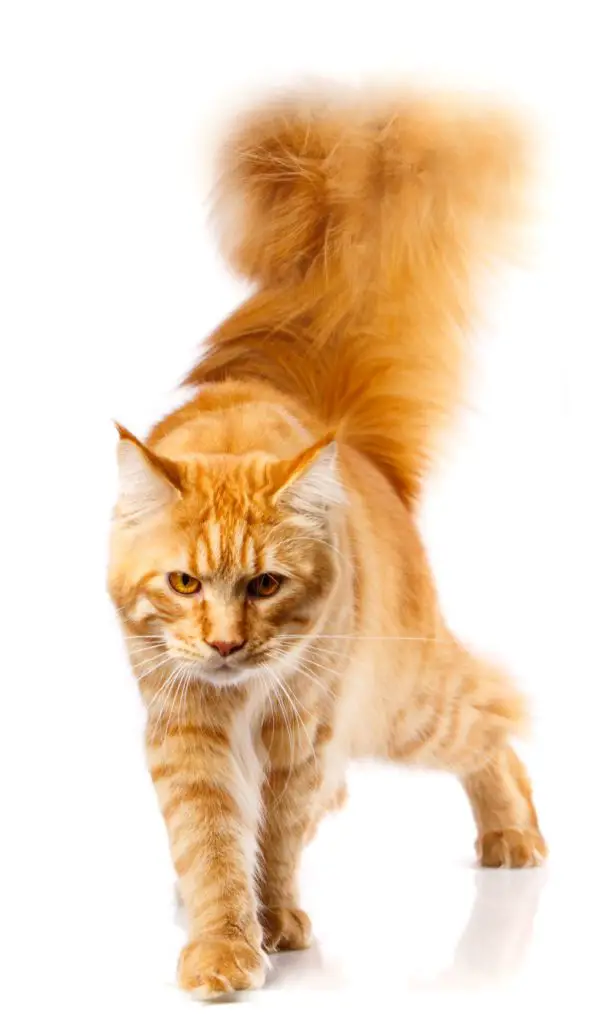
If your baby has used up soothers, you can use it, too. Just make sure that you wash it well to remove any unwanted scents. If you are to utilize used soothers, it should be pliable and will not crumble when used by your kitten.
The soother will mimic the nipples of the mother cat, which will calm a kitten. You can also look for one with a ring so you can easily perform the third step.
- Step #2. Look for an item your kitten loves
One thing that will make the DIY pacifier successful is the thing that you will attach to it. It could be a toy that your kitten can’t live with or a piece of your clothing that the kitty loves suckling on. This is to make the pacifier comforting and more familiar to the furball.
Kittens tend to suckle on fabric, but it may cause damage to the material if you let the kitty do so. When choosing a material to attach to the soother, consider an item that’s big enough for your kitty to hug but small enough to carry around. Plush toys are the best choices here since it mimics the softness of the mother cat’s bosom.
Surprisingly, some kittens will not need these items to suckle. You can try giving the soother alone and see how your kitten will accept it. If your kitty likes it, you just saved yourself from the extra steps. But if not, the next steps remain easy to do.
- Step #3. Attach the two items together
Using the nylon string, connect the soother and the item your kitten is attracted to. Ensure that the two items are attached properly. Gently pull the items to see if it will give off easily. After that, cut the extra cord so it will not tangle with your kitten’s body and claws.
- Step #4. Clean the soother
Once you’re done attaching the soother to the toy or item, the last step is to clean it. Wash the soother to remove any scent that will cause your kitty to refuse it. Use dish soap and water and nothing else.
Also, prevent other pets at home from touching the pacifier. This is to avoid their scents from getting into the material.
Option #2: Bottle pacifier
How to make bottle kitten pacifier
Another option when it comes to making kitten pacifiers is using a bottle instead. All you need is a small feeding bottle with the nipple on. You don’t always have to fill the bottle with milk, but make sure that it’s clean and safe to use.
To introduce the bottle pacifier to your kitten, fill it with a kitten milk replacement formula. Let the kitty bottle feed on it until it gets used to the makeshift pacifier.
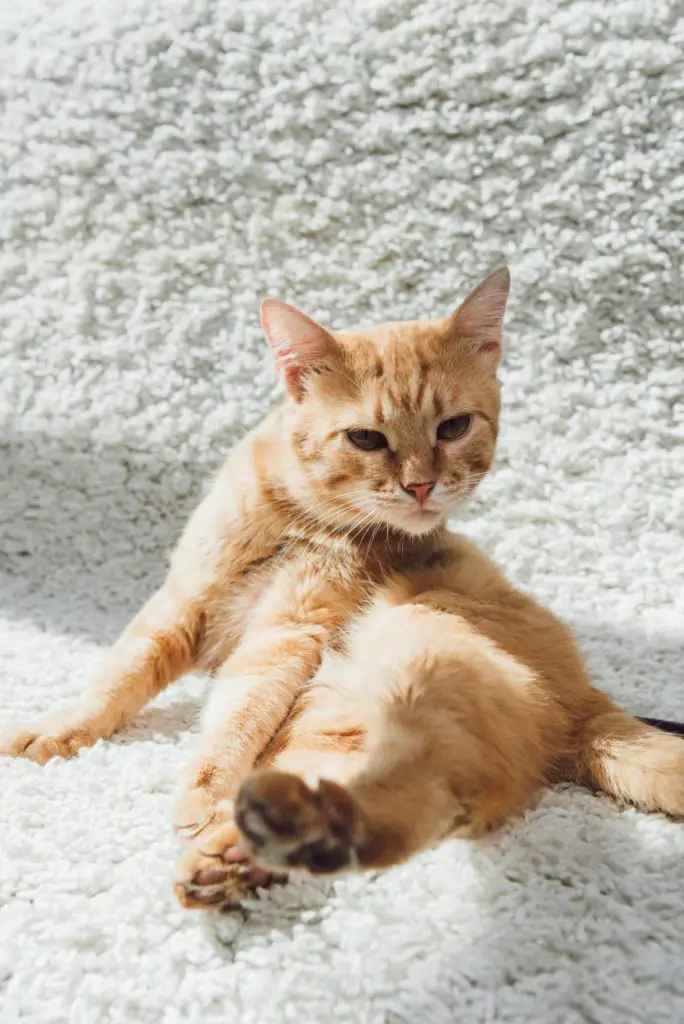
After your kitten is finished feeding, wash the bottle and leave it around your feline. Some kittens will continue suckling on it on their own, but some have to be propped up to get the nipple into their mouths.
Always wash the bottle to remove any odor buildup. Also, never leave any milk inside as it will spoil and ruin the tummy of your kitten.
Option #3: Pillow with nipples pacifier
Some cats will long for the actual feel of their mother’s bosom. The closest you can get to this is using a pillow with a faux fur cover. On how to how to make kitten pacifier using this method, the following are the steps to follow:
Materials you need: kitten nursing pillow (preferably with faux fur cover), several soothers, and scissors
How to make the pillow pacifier
- Step #1. Create holes on the pillow cover
Remove the cover and cut small holes on it. The goal here is to mimic the breast of a mother cat so your holes should be lined up and spaced. Also, the holes should be enough to fit the soother nipple but not too large that the kitten can yank it out.
- Step #2. Place the soothers
Once the holes are done, insert the soothers one by one underneath the cover. Usually, four soothers will do. Once done, place the cover back to the pillow while preventing the soothers from getting out of place.
- Step #3. Clean the soother nipples
After putting the soothers in place, wipe it with a wet cloth to remove any unappealing scent. Make sure that the pillow doesn’t have any strong scent of detergent or fabric softener. Also, I suggest dabbing a small amount of kitten milk replacement formula on each nipple to entice the feline to suckle.
Once you’re done making the pillow kitten pacifier, place it on the kitty’s bed. Most of the time, kittens will suckle on it on its own. Since it has fur, picky kittens are more likely to latch to it than other pacifier options I discussed above.
How to introduce the pacifier to your kitten
Once you have the pet pacifier all done, the next step is to introduce it to your kitty. Most kittens will accept the pacifier right away, but there are some that may refuse it at first. The key here is proper introduction using the following steps:
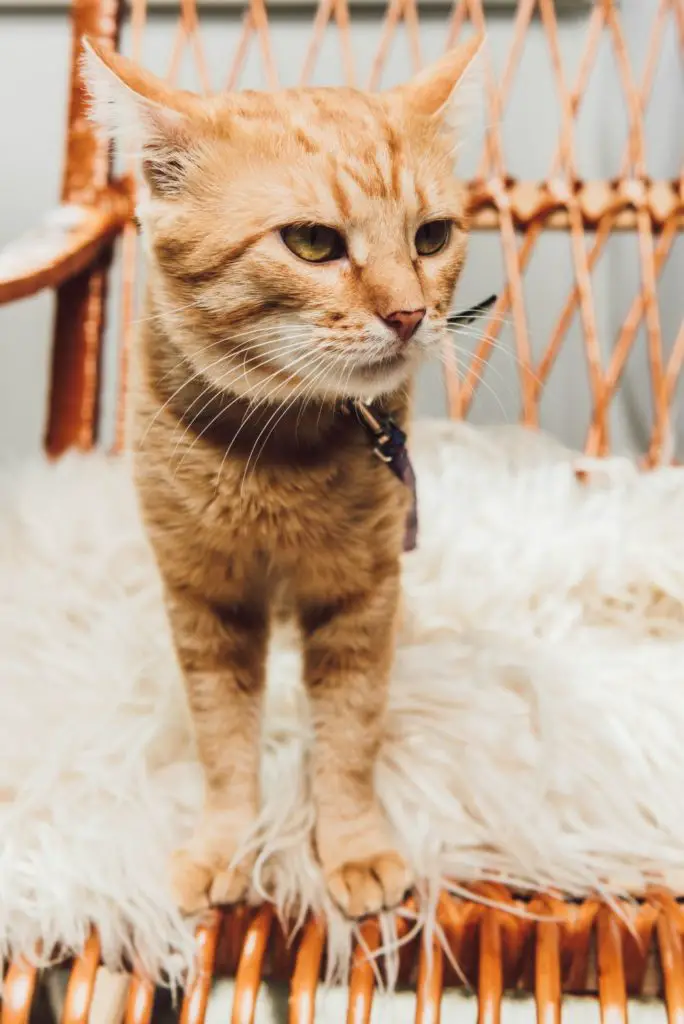
- Make it smell like you. After being weaned from its mother, the kitten will look for someone for comfort. As the owner, this would be you. With this, you must keep the pacifier close to you so your scent will attach to it.
- Rub it on a kitten milk formula. Most kittens will be switched to a weaning formula after it’s separated from the litter. You can dab a small amount of this milk to the soother. The smell of the milk will entice the kitten to latch on it.
- Timing is everything. If your kitten refuses to take the pacifier at first, you must exploit the moment when it’s about to fall asleep. The twilight sleeping zone is when your kitten is the calmest. It’s also the time when the kitty is up for some suckling. Place the pacifier slowly to its mouth and see if it will stay put.
- Watch out for damaged soothers. Over time, the nipple of the soother will be chewed and damaged. You must change this right away so your kitten can continue using the pacifier.
- A kitten with pacifier while teething must be supervised to spot any falling teeth. Aside from the pacifier, you need to bring the cat to the vet for routine checks.
- Avoid stiff pacifiers if your kitten is teething. It may do more harm than good on their small chewers.
- If your kitten isn’t quite receptive to the pacifier you made, I suggest making several pieces to place on different parts of the house. This way, your kitten can discover it on its own and suckle on it when it’s ready.
While most kittens will latch on just about anything to seek comfort, it may not be the case for the picky bunch. It’s commonplace for kittens to refuse a pacifier. What you can do is to make the pacifier more attractive and appealing to suckle on. Patience is the key here. Once your kitten accepted the pacifier, it would be attached to it and it will never want to let go.
Weaning your kitten from the pacifier
Kittens are not supposed to suckle on a pacifier for life. At some point, you will have to wean the cat from the pacifier. A grown-up cat should not be dependent on its pacifier so you have to stop the habit slowly but surely.
- Start reducing the number of pacifiers
Cats don’t perceive sudden changes well so you should reduce the pacifiers one at a time. Every week, take one pacifier off until you’re down to one. Leave this pacifier on the cat’s bed so it can still suckle before sleeping.
- Introduce distractions
To keep your kitten’s mind (and mouth) off the pacifier, you must introduce alternative activities. You should give it an interactive toy that will keep the kitten busy for hours. Adding more activities on your kittens’ day will make the weaning process successful.
As much as possible, keep your cat moving. You can still give the kitten the last remaining pacifier, but reduce the time as the day goes by until you have weaned the cat. please read here How to stop a cat from moving kitten around the house
- Cut the nipple off
If your cat keeps on looking for its pacifier, one trick that worked for my cat Watson is cutting the tip of the nipple bit by bit. Over time, the kitten will feel the difference and the pacifier will become less appealing to suckle. Soon enough, the cat will stop suckling on it and you can remove the last pacifier.
Take note that you should still introduce new activities to your cat while using this method.
- Replace it with playtime
Most kittens that suckle on bottle pacifiers love to be held. If your kitten demands for some cuddle time, skip the bottle and engage the cat on petting and playtime instead. However, you should never offer your fingers as an alternative pacifier. This will defeat the purpose of weaning your cat.
Some do’s and don’ts on kitten pacifiers
Never offer your fingers. One of the common mistakes of cat owners is offering their fingers to suckle on. The cay may get used to it and refuse your DIY pacifier. Also, as your cat’s teeth grow, it may start to bite your fingers to soothe the gum discomfort.
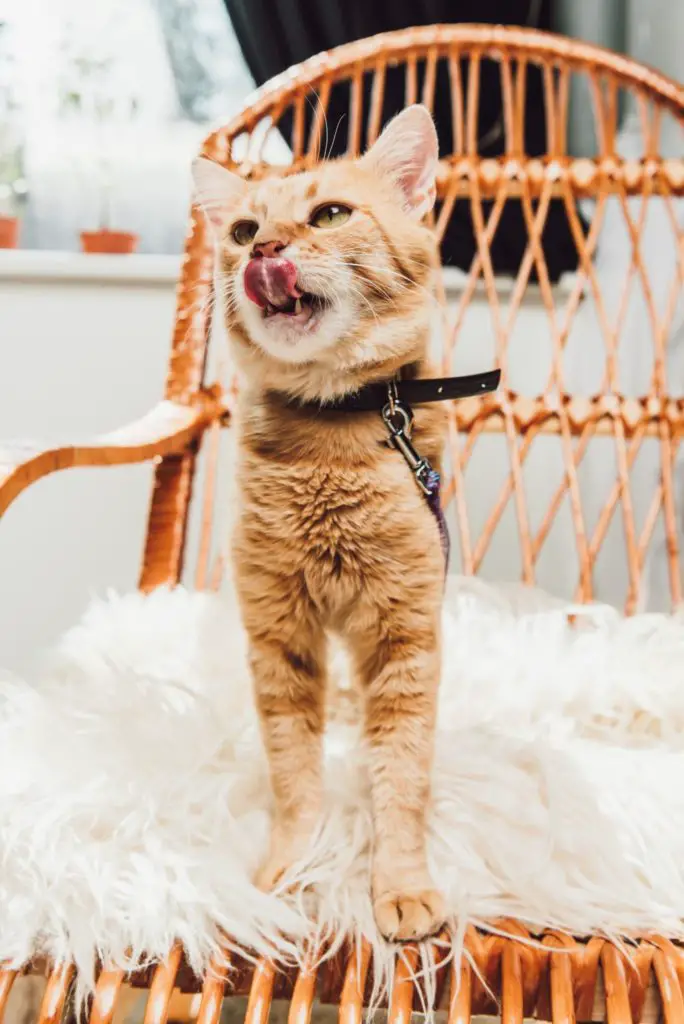
Please read here what does it mean when a cat bite you hard
Aside from that, you should never force your kitten to suck on the pacifier. Let it do so on its own volition. Otherwise, you’ll be associating the pacifier with a negative experience, which will make the kitten hate it more.
Can I give my kitten a pacifier?
Yes, you can give your kitten a pacifier if it has been weaned earlier than recommended. A nervous kitty will also thrive with a pacifier since it will give the feline a sense of security. Besides, a pacifier will also save your fabrics and other objects at home from the wrath of a teething cat.
However, if your kitten has dental problems, you must consult with a veterinarian first. And if your kitten exhibits symptoms like diarrhea, vomiting, or lethargy after using the pacifier, wean it right away and bring the cat to the vet. It’s possible that the soother you used is contaminated or has dangerous chemicals.
How do you get a kitten to stop nursing on you?
Kittens tend to have a nursing fetish, especially if it has recently been weaned from its litter. It will suckle on your skin, clothes, and fingers among other things.
You should never let the kitten nurse on you. To stop the habit, it’s best to give your kitten a dedicated pacifier made from baby soothers. This will redirect your kitten’s nursing habits to its newfound tit.
However, you will have to wean the cat out of the pacifier once it’s too old for it.
How do you make a kitten want to cuddle?
Kittens would love to cuddle when they have a comfortable spot to sit on. Also, lots of petting will encourage your little kitty to snuggle with you. Phrasing the kitten and showering it with affection will make cuddling more appealing. Learn here how to rise a kitten to be cuddly
Why do kittens try to nurse on humans?
To be fair, kittens will suckle on anything they found comfortable to mouth. But since they associate their owners with the sense of safety, many kittens will suckle on humans. Suckling on humans is a sign of stress among kittens, especially if it has been weaned recently.
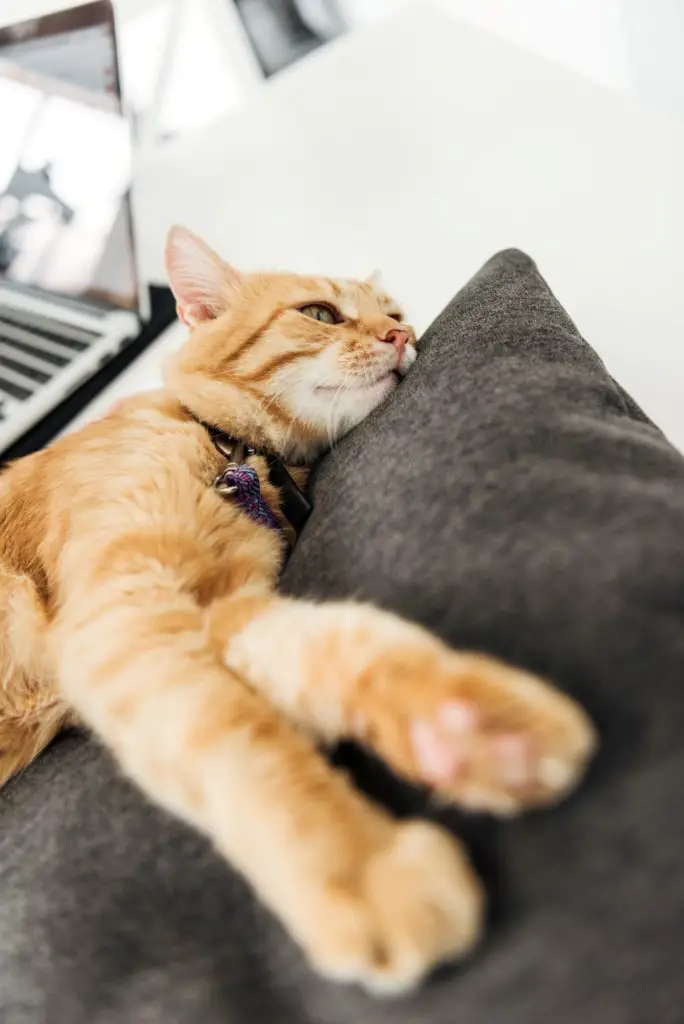
It’s a call for help which means your kitty needs something to soothe its anxiety.
You should not tolerate the kitten suckling on you. Most of the time, a pacifier will help a lot. This will prevent the cat from getting dependent on you for comfort, especially as it grows old.
What is the smallest pacifier?
If you are about to make a makeshift pacifier for your kitten, you should check the size of the soother. I recommend using the smallest soother available so kittens of any size can suckle on it comfortably. Look for pacifiers made for babies 6 months old and younger. Please read here why is my cat so small
Why does my 6-month-old kitten still try to nurse?
If your 6-month-old kitten is still trying to suckle on you, it’s possible that the cat has gotten fixated to the habit. This is why you need to wean the kitty of its pacifier so it doesn’t get attached to it at an older age.
Still, some cats in the Siamese breed will need more time before being weaned from nursing. Give your kitten some time and perform the weaning process slowly so your cat won’t be overwhelmed by the sudden change.
Conclusion
Knowing how to make a kitten pacifier will save you from the pains of raising a kitten. Like babies, kittens need something to suckle on for comfort and a sense of security. You can satisfy this yearning with some baby soothers and a little creativity.
What do you think of these kitten pacifiers? Have you tried one on your cat? Share your experience with us below!
